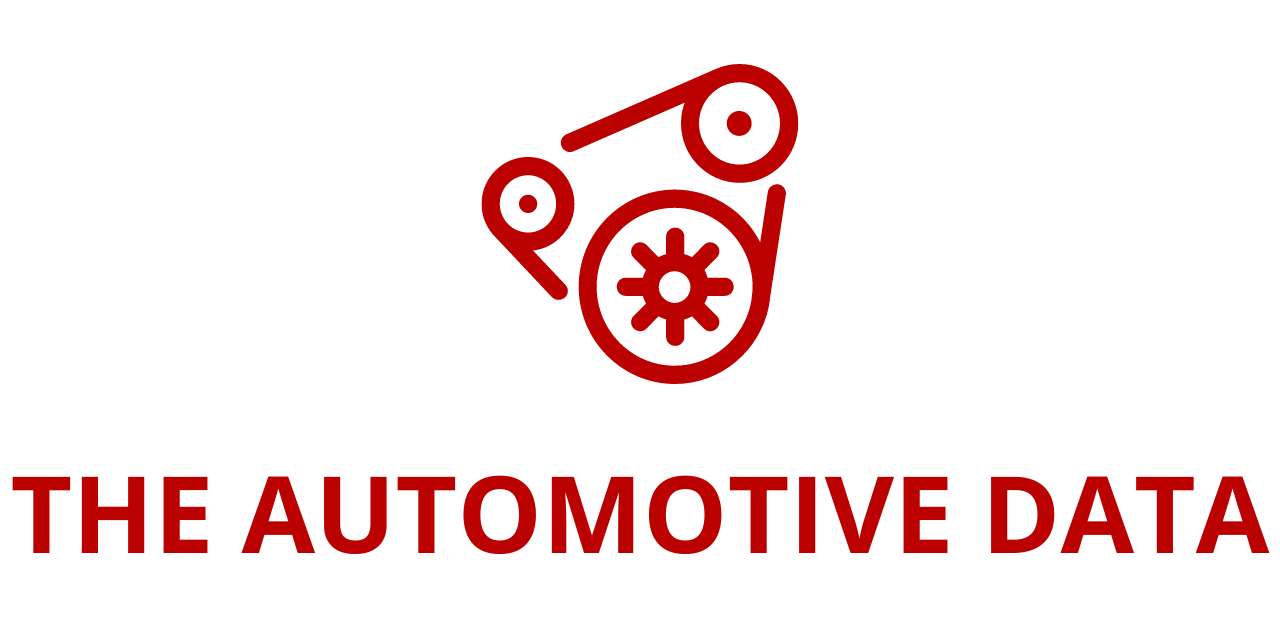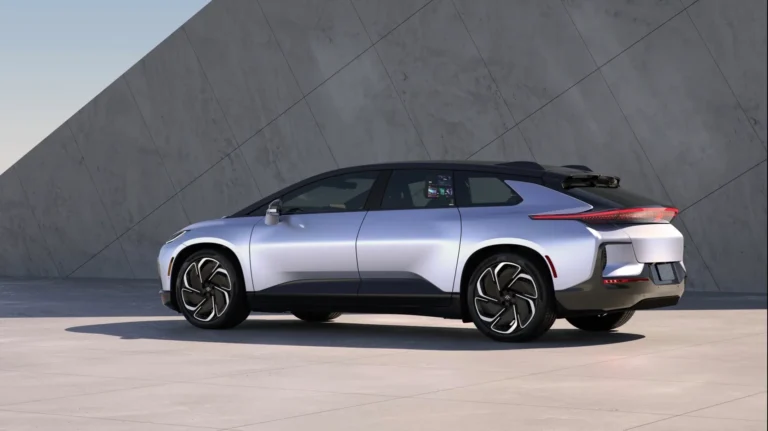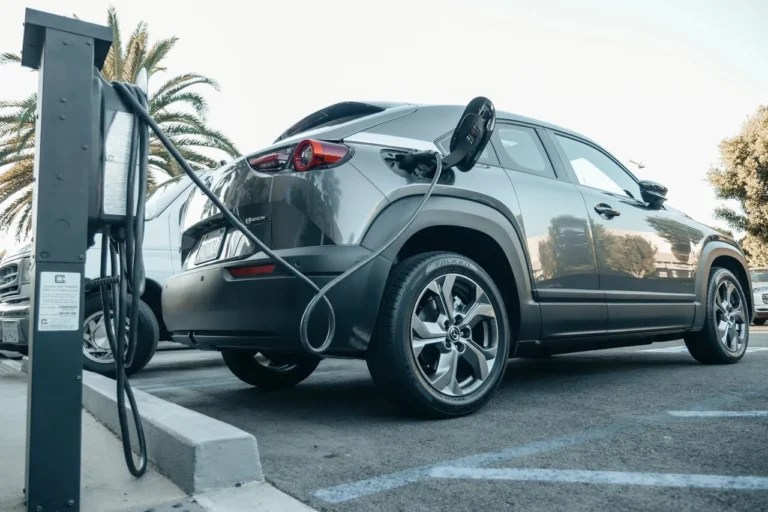
Amazon Web Services, Inc. (AWS), an Amazon.com, Inc. company (NASDAQ: AMZN), recently announced a groundbreaking collaboration with Honda Motor Company to transition Honda’s vehicles from hardware-based designs to software-defined vehicles (SDVs). This partnership aims to leverage AWS’s advanced technologies, including its Digital Proving Ground (DPG) platform, generative artificial intelligence (AI), and Internet of Things (IoT) capabilities, to accelerate the development and delivery of next-generation electric vehicles (EVs) and mobility solutions. By using AWS’s cloud-based infrastructure, is poised to transform the driving experience, improve vehicle performance, and enhance safety, efficiency, and convenience through over-the-air (OTA) software updates.
The Transition to Software-Defined Vehicles
SDVs represent a major shift in the automotive industry, allowing automakers to redefine vehicle functionality through software rather than physical hardware modifications. By collaborating with AWS, is adopting this transformative approach to deliver innovative features and personalized experiences for drivers. Honda’s DPG platform, built on AWS, serves as a comprehensive vehicle development environment, enabling the automaker to collect and analyze vast amounts of data to optimize EV performance and efficiency.
This cloud-based approach allows Honda engineers to design and test vehicles virtually, reducing dependence on physical prototypes and accelerating development timelines. The result is a significant reduction in costs and faster delivery of new vehicle models. Moreover, OTA updates enable Honda to continuously improve vehicle features, ensuring that drivers benefit from the latest advancements without visiting a dealership.

Enhancing Vehicle Quality and Autonomy
To support the development of SDVs, Honda is utilizing AWS IoT services to improve vehicle quality, safety, and autonomy. These services enable Honda to collect, process, and analyze data from connected vehicles, providing valuable insights for continuous improvement. For instance, Honda can track EV battery performance and schedule preventative maintenance to enhance reliability and longevity.
AWS IoT services also facilitate secure, real-time communication between vehicles and the cloud. This connectivity allows Honda to implement advanced features such as video analytics using Amazon Kinesis Video Streams. By analyzing live video footage from vehicle cameras, Honda can develop applications that detect abnormal movements around the vehicle. For example, machine learning algorithms could alert drivers to potential hazards, helping to prevent collisions or damage.
Revolutionizing the EV Charging Experience with Generative AI
In addition to advancing SDV technology, is using AWS’s generative AI services to revolutionize the EV charging experience. With the growing adoption of EVs, efficient and convenient charging solutions are essential for drivers. developing a new AI-driven solution that guides EV owners to the most suitable charging stations based on factors such as location, remaining battery level, charging speed, fees, and proximity to amenities like shopping centers.
This innovative solution is powered by AWS IoT Core, which enables secure two-way communication between connected devices and the cloud. By leveraging Amazon Bedrock, a generative AI application platform, Honda can analyze driver behavior patterns and preferences to provide personalized charging recommendations. This feature, planned for Honda’s 0 Series EV line, simplifies the charging process and offers customized options for charging times, limits, and payments. The integration of AI into the EV charging experience reflects Honda’s commitment to enhancing convenience and efficiency for drivers.
The Role of Generative AI in Automotive Innovation
Generative AI is becoming a critical tool for automakers as they navigate the industry’s digital transformation. According to Ozgur Tohumcu, Director of Automotive and Manufacturing at AWS, “The automotive industry is undergoing a seismic shift to digitization. Vehicles now function as intelligent, connected platforms on wheels, not just stand-alone machines. Generative AI will help automakers develop new features while bringing new models to consumers faster and more cost-effectively.”
This collaboration between AWS and Honda exemplifies how generative AI can drive innovation in the automotive sector. By integrating AI into vehicle development and user experiences, Honda can deliver smarter, safer, and more adaptable vehicles to meet evolving consumer needs.
Building a Cloud-Skilled Workforce
To ensure the success of its cloud-based mobility initiatives, Honda has established the Expert Builder Initiative in partnership with AWS. Launched in 2024, this program aims to equip engineers with expertise in both vehicle software and cloud technologies. By providing training in cutting-edge fields such as generative AI, IoT, and data analytics, Honda is fostering a workforce capable of accelerating innovation and delivering integrated solutions.
This initiative empowers employees to transform ideas into actionable solutions, further enhancing the driving experience for customers. By investing in talent development, Honda is positioning itself as a leader in the era of SDVs and cloud-connected mobility.
The Future of Automotive Technology
The partnership between AWS and underscores the automotive industry’s shift toward digital transformation. By leveraging AWS’s scalable, cost-effective cloud infrastructure and advanced technologies, Honda is redefining what’s possible in vehicle design, performance, and user experience. From software-defined vehicles to AI-driven charging solutions, Honda is at the forefront of innovation, delivering smarter and more connected vehicles to drivers worldwide.
As the automotive industry continues to evolve, collaborations like this will play a pivotal role in shaping the future of mobility. With AWS’s support, Honda is well-positioned to lead the charge in developing intelligent, cloud-connected vehicles that prioritize safety, efficiency, and convenience. This partnership not only accelerates transition to SDVs but also sets a new standard for innovation in the automotive sector.






